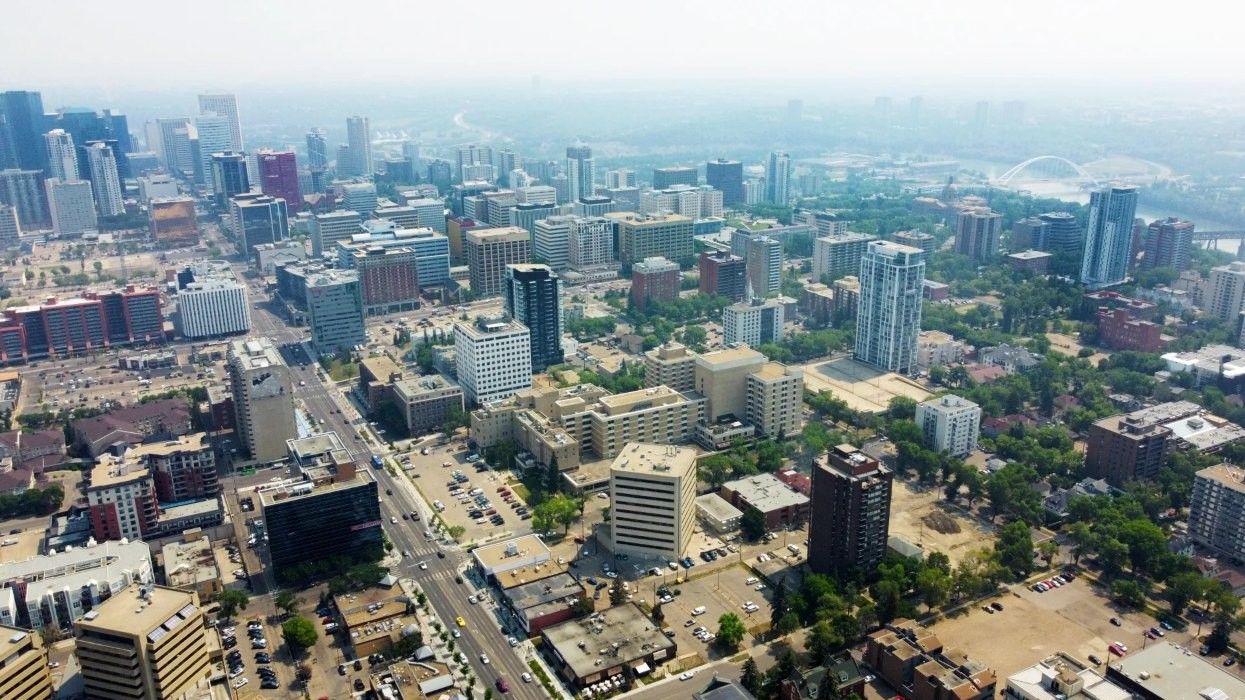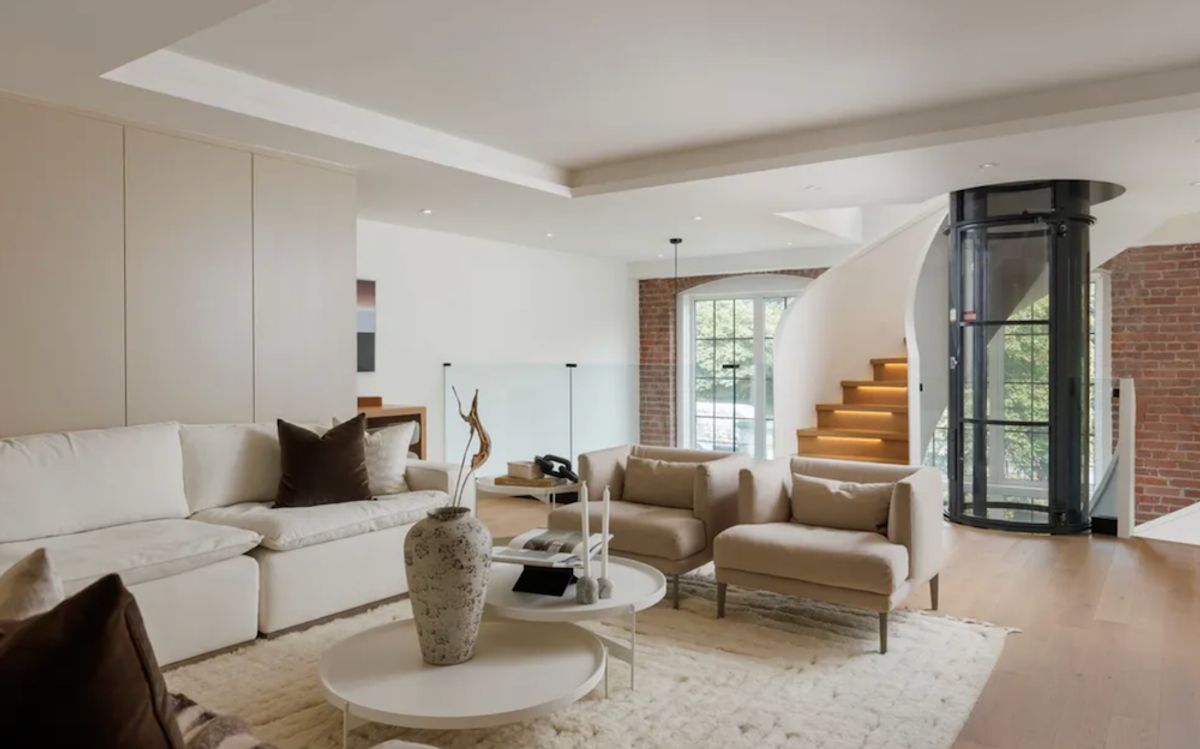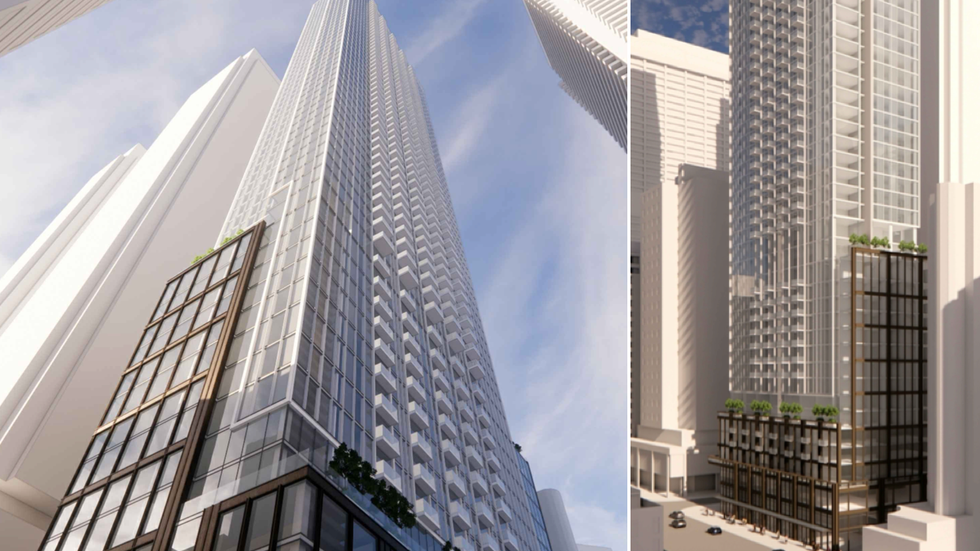Between January 2023 and May 2024, a total of 12 office buildings across Edmonton changed hands. That is in and of itself noteworthy, but even more so when considering the fact that 11 of the 12 were sold by the same type of owner and all 12 were purchased by the same type of buyer.
In 11 of the 12 cases, the vendor was a large investment fund and in all of the cases, the purchaser was a local, Edmonton-based investor, says Cory Wosnack, Managing Director of Avison Young's Edmonton office.
The 12 buildings are:
- 97 Street and 42 Avenue (Whitemud Business Park)
- 2755 Broadmoor Boulevard (Broadmoor Place A & B)
- 2693 Broadmoor Boulevard (Broadmoor Place VII & VIII)
- 5555 Calgary Trail (Clark Builders Place)
- 5241 Calgary Trail
- 10451 170 Street
- 10050 112 Street (Compass Place)
- 10216 124 Street (Plaza 124)
- 149 Street and 123 Avenue (Parkwest Business Centre)
- 10020 101A Avenue (Phipps McKinnon Building)
- 10080 Jasper Avenue (Empire Building)
- 10123 99 Street (Sun Life Place)
One notable vendor is Manulife, who sold the two Calgary Trail properties to one local buyer for a total of $23,400,000 in May 2023 and then the Parkwest Business Centre to Reoptimize Ltd. for $7,623,000 in March 2024. Another notable transaction involved Edmonton-based Rohit Group, which acquired the Broadmoor Place properties from Triovest. Other transactions included LaSalle Investment Management selling Plaza 124 to ANU Developments for $8,250,000, as well as the sale of the Phipps McKinnon Building previously detailed by STOREYS.
Wosnack says a thirteenth transaction of this nature is currently in the works and should become public in the coming weeks and there could very well be even more in the coming months.
"What is happening is institutional owners are reallocating their holdings and shifting their investments out of real estate and — in some cases, out of Edmonton and Alberta — into other investment categories," says Wosnack. "Institutional capital is the first to leave and the last to come back. They leave because they're reallocating their portfolios. They're moving into different investment categories, into different jurisdictions, oftentimes out of real estate, or out of a sector of real estate — maybe shifting more to retail or multi-family. We see the shift from asset classes and we see the shift from entire categories. [With] real estate, we've seen the shift away from it for a lot of pension funds."
"Institutional capital right now, if they're choosing Alberta, they're choosing Calgary first, even though the two markets have a lot of similarities," he adds. "The size, population, industrial, residential, and retail markets are all very similar. Statistically, they're almost identical. However, if you're sitting in another city outside of Alberta and you're presenting to your executive team that you'd like to make an investment in Alberta, it's an easier business case to get approved when it's Calgary. That's just the way it is right now."
On the other side of the transactions are the local investors, many of whom were not on the scene as recently as five years ago and are coming in with fresh eyes and enthusiasm — as well as less competition on price.
"Private investors are absolutely the dominant investment group in this market," says Wosnack. "The local investors are just finding it really opportune to not be in a crowded market and not see prices get elevated from competition with institutional investors. When institutional money is intending on going into a marketplace, typically prices go up quickly and it often shuts out the local investor. Right now, that's not happening."
Aside from the commonalities between the vendors and the commonalities between the buyers, the buildings themselves also share many characteristics, as they are all Class B office buildings that were constructed predominantly in the early-80s.
"The opportunity will all these properties is that they all appeal to the average-sized local Edmonton tenant," adds Wosnack. "The average size tenant in Edmonton is 3,000 sq. ft and so if you're gonna buy an office building, you need to make sure you can accommodate the average size tenant."
Most of these office buildings were sold at a relatively low price, with nine of the 12 reportedly being sold for less than $10M.
As for what the plans are for the buildings, a few had expected to go the office conversion route, but have since changed those plans after the City of Edmonton backed out from creating an incentive program similar to Calgary's. Josan Properties, however, who acquired the Phipps McKinnon Building, is still proceeding with the conversion, although they are now converting only half of the office tower.
"There's the price to acquire and there's the price to hold," Wosnack says. "When you acquire, you need to be comfortable with the investment to upgrade the building or add amenities, and that's actually more daunting than the price to buy. Price to purchase is actually very attractive. It's very low right now and it's lower than it's been in 20 years. That's not the biggest burden. It's what you do after you acquire it — the carrying costs that you have to feed into the property in order to keep the lights on and do upgrades — and it's that part of the equation that is the bigger leap."
- Inside The (Partial) Office Conversion Of Edmonton's Phipps McKinnon Building ›
- In Edmonton, An Industry Eagerly Awaits The Second Coming Of Office Conversions ›
- Calgary Relaunches Office Conversion Incentive Program ›
- Oxford Properties & AIMCo Sell Bow Valley Square In Calgary For $140M ›
- Edmonton Proposing $553M Action Plan To Revitalize Downtown Core ›
- Inside Calgary And Edmonton's Booming Multi-Family Market ›





















